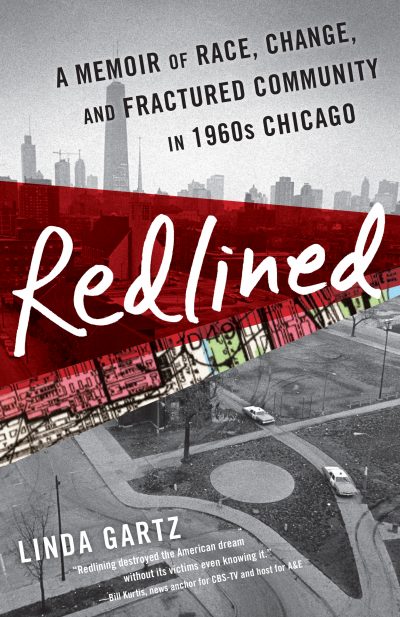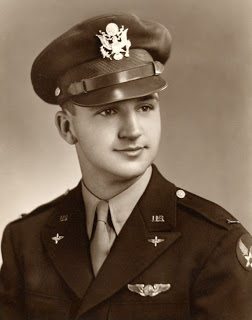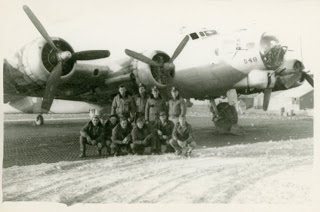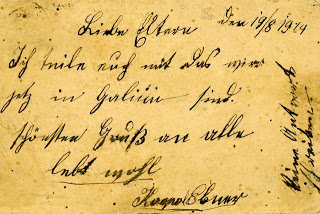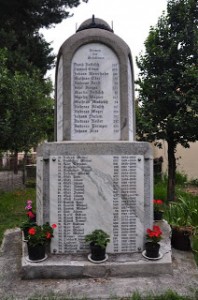This Memorial Day, I’m remembering two relatives who each served in one of the 20th century’s two world wars.
World War II – Frank Ebner Gartz
Bombing Missions
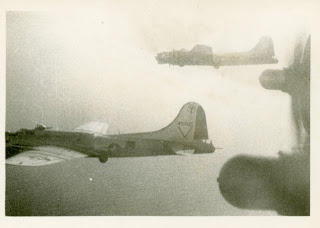
B-17s flying in formation; photo taken by
Frank Ebner Gartz (see below for permission
to use photos from this blog).
10th Mission described in letter from Ebner to his Dad, March 1945
Today I flew my 10th mission, and it was the hottest thing I have seen so far. There was more and bigger flak. We bombed an oil refinery in North Eastern Vienna and those people don’t like us to drop our presents to them.
World War I
Samuel Ebner, my grandmother’s brother
My grandmother’s brother, Samuel Ebner, was also twenty-one when he was sent off to fight in the Battle of Galicia in August, 1914, one of the first battles of the the First World War, then called “The Great War.” I have no photo of him, only this last postcard he wrote on August 19, 1914, just eight days before being killed. He wrote:
Dear Parents,
I share with you that we are now in Galicia. Most beautiful greetings to all. Farewell.
(apparently a nickname since his father was also named Samuel) Kaspar Ebner
My grandfather, twenty-one when he came to America, missed fighting, and likely dying, in this awful war.
My grandparents in America sending help overseas
To read more about Sam Ebner (Jr.) and the memorial that stands in honor of him and his fellow soldiers from Grosspold, Romania, lost during that tragic war, see The Fallen-Part I, The Fallen-Part II, and The Fallen-Part III. Part III reprints the letter my grandmother kept, that reveals how she and my grandfather, 5000 miles distant from their homeland, helped make the memorial possible.
So today, I thank all of our men and women serving so far from home for their service, bravery, and commitment in our own tragic war. I wish them safely returned into their families’ arms again.
Please, if you would like to use any of the photos on this
blog, you must ask permission, credit the photographer, and provide a link back to the site.
This post represents a teensy percentage of the family history that I had to leave out in order to focus my book on the topic of redlining, and the racial change it spurred in our West Side Chicago neighborhood. Fifty years after my paternal grandparents had settled in West Garfield Park, the first African Americans moved into a house on our block, and the future of the community was changed forever.
Redlined tells a first-hand story about a West Side Chicago family’s personal struggles and dreams intersecting with the racial upheavals of the 1960s.
